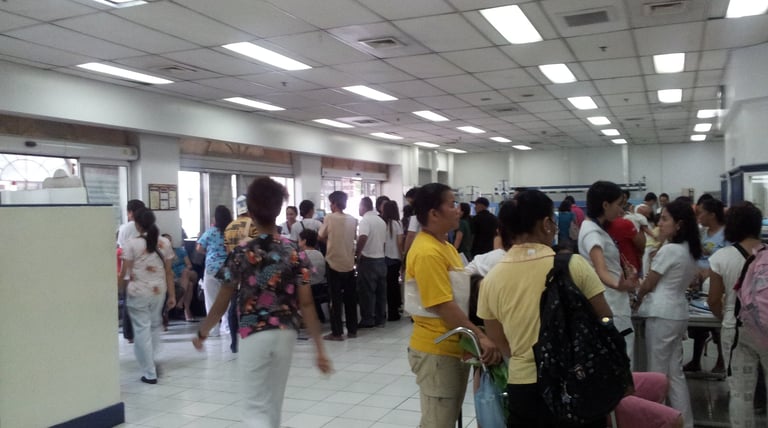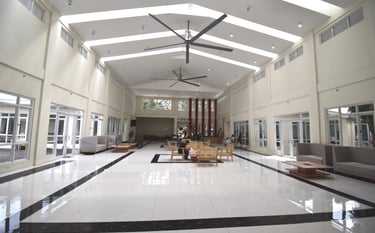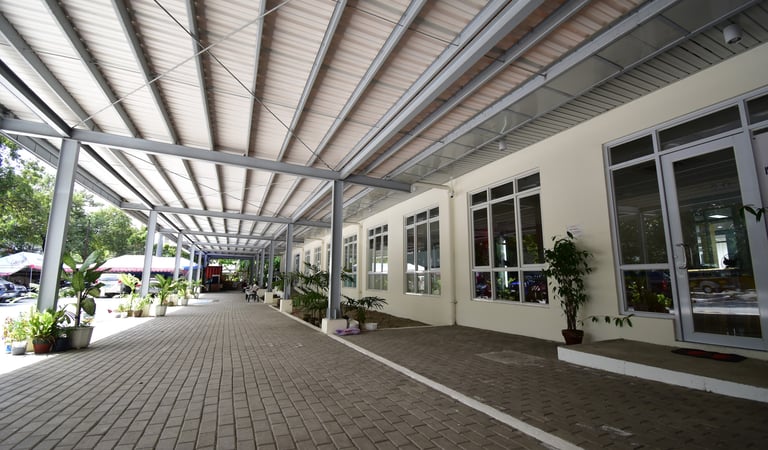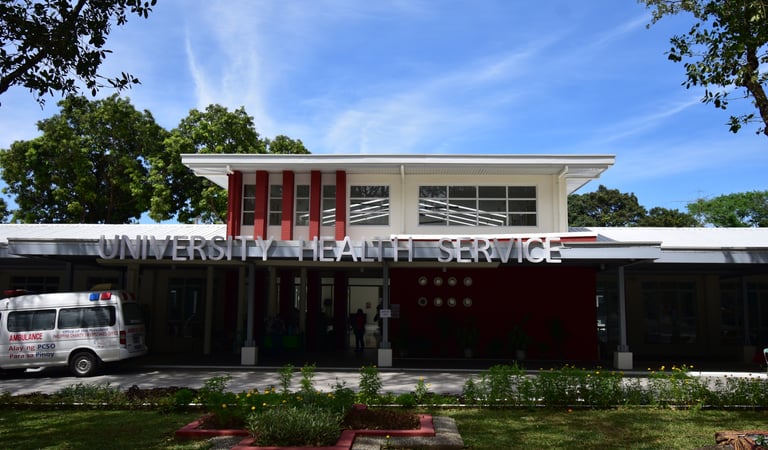Design Flaws that Cause Hospital Fear
Hospitals can be a scary place to visit. This post lists five design flaws or problems produced overtime that can cause hospital fear. What can we do about it?
SPACE
Richard Lasam
4/29/20254 min read


Hospitals are often given a negative reception by people—enough that there is an actual trauma and fear of the place. This is not an unfair perception, as many painful and emotional events are connected to being in a hospital.
But why is this so? What elements of the physical space create this uneasy feeling in people? From experience and interviews that I conducted over the years, the following elements seem to cause the most distress:
1. Confusing layout. Since the hospital undergoes upgrades and gets larger over time, the lack of a masterplan often results in the spaces inside the hospital getting more confusing to visitors who do not frequently visit the hospital. First impressions can really define the user experience, so being stressed out because of getting lost within the premises of the space is not a good thing for a first-time visit to the hospital.
2. Lack of visual connections to exterior open spaces. When one is inside a healthcare space, time often feels like it stretches and makes it feel like the time spent in the space is longer that it actually is. This feeling is often even worse when a person has no way to see the sun and the sky to let them know what time it is. Open spaces like parks and greenery should also be included in healthcare spaces as much as possible.
3. Insufficient places of relaxation/diversion. Connected to the sentiments about time, having limited to no diversions within the healthcare spaces also results in a negative experience. Places to eat, read, and relax are spaces that should be considered in hospitals.
4. Sterile environment. This is a required aspect of healthcare spaces, with the need to reduce the chance of infection to patients and visitors by designing the space to have materials that keep the place clean. But this also sometimes causes a sense of impersonality to the space if not designed correctly, resulting in bright rooms with no personality. Again, places such as this can create a feeling of (negative) timelessness and stress to people in the healthcare space. Adding more color, texture, and art can create a more positive experience to reduce this feeling of sterility.
5. Crowded public spaces due to over capacity. This is connected to the potential lack of a master plan. With the increase in clientele as the place builds its reputation, healthcare spaces tend to become crowded because the space is not upgraded or expanded over the years. Crowding always causes discomfort to patients and visitors, so this situation should be avoided as much as possible.


It is difficult to feel at peace in a place like this.
So what can be done nowadays? The focus on current trends is to promote a more lively and open design, focusing on more colors and presenting a more pleasant atmosphere. Much like a hotel or a shopping mall, a design veers away from the current elements that makes visitng the space an unsettling experience.
Lots of new developments are already following this trend but a large number of older facilities are still in need for adjustments to make their spaces more conductive to healing and care.
I have applied some of the elements of the new design trends to my previous works (I was part of the design team): The University Health Service of the University of the Philippines Diliman Campus. As the Primary Care center of the campus, it is designed to have open spaces, large circulation areas, and a rationalized pathway system to reduce travel time and stress for the visitors and patients. It is also designed for visitors that primarily arrive via public transport and walking, as it is within the university grounds.
"Since the hospital undergoes upgrades and gets larger over time, the lack of a masterplan often results in the spaces inside the hospital getting more confusing to visitors who do not frequently visit the hospital."


OPEN AIR WAITING AREA FOR THE HEALTHCARE FACILITY: the roofing provides air circulation and ample shade for the waiting public during the center's surge events (such as vaccine drives or the annual medical check-ups related to enrollment).


LOBBY OF THE UNIVERSITY HEALTH SERVICE: it PRESENTS AN OPEN AND WELCOMING SPACE TO VISITORS.


MAIN ENTRANCE OF THE UNIVERSITY HEALTH SERVICE: this design makes it visible from the sidewalk and jeepneys, so visitors are confident that they have found the right place.
